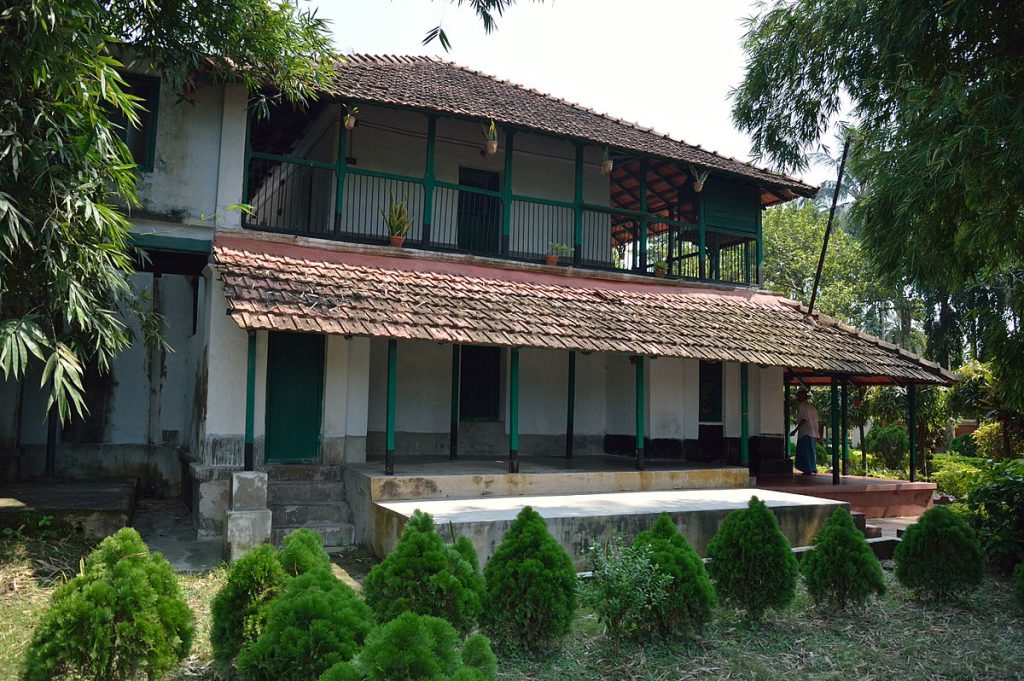We have earlier learned about the Bhadralok of Kolkata and how the term and the people came into being around the 19th century. Bhadralok of course was defined by their Bhadrata (good manners). The Bhadralok did not just inhabit urban spaces, but in rural areas, a defining trait of the Bhadralok is their aversion to manual labour such as ploughing fields, coupled with a cultural emphasis on literacy. Predominantly comprising the Brahman, Vaidya, and Kayastha castes, these communities are regarded as the epitome of refinement and gentility in rural West Bengal. But speaking of the spaces and regions they inhabited, let us look at the aesthetics and architectural structures within which the Bhadralok lived.
How Bhadralok Lived
During the British colonial period, affluent Bhadralok families adorned the landscape with majestic “rajbaris” or palatial mansions, exuding opulence through their sprawling layouts, intricate architecture, and lush gardens. As Bengal embraced urbanisation and industrialisation, the Bhadralok’s abodes evolved, blending comfort with tradition in a harmonious fusion. Within Kolkata’s urban milieu, colonial-era bungalows stood as symbols of elegance, while “para” houses, nestled in vibrant neighborhoods, echoed with the warmth of extended family living. In rural landscapes, where agrarian rhythms dictated life, traditional Bengali-style residences such as “pukurparas” and “natmandirs” provided sanctuaries of communal living, characterised by serene courtyards and welcoming verandas. These homes not only housed families but also preserved cultural legacies, reflecting the aesthetic sensibilities and social dynamics of the Bhadralok through the ages.
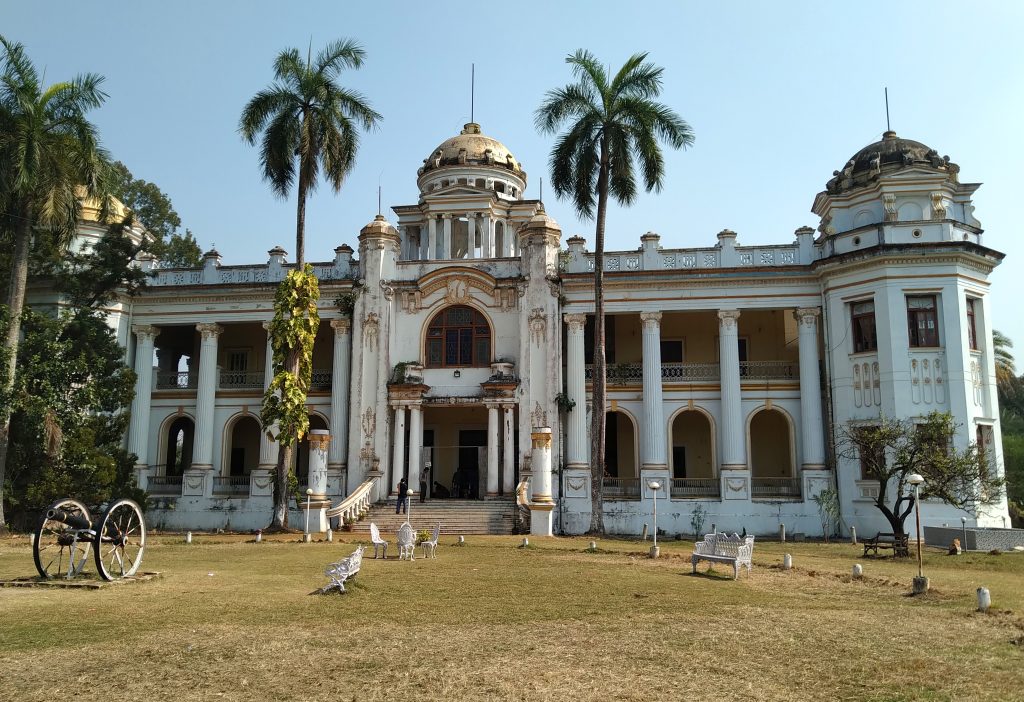
Some bhadralok generally lived in more humble dwellings, while some may have lived in smaller copies of such large residences. The educated middle class, which includes professionals like teachers, doctors, attorneys, and government employees, is referred to as “bhadralok” in general. They were not usually the proprietors of enormous palatial palaces like the rajbaris, despite the fact that they were undoubtedly educated and frequently had prestigious positions in society.
Rather, depending on their socioeconomic standing, the bhadralok were more likely to reside in large bungalows from the colonial era, multi-story buildings in urban areas, or traditional houses built in the Bengali style. Although they may have desired the aristocratic class’s lifestyle, their living situations were frequently more humble than the opulence of rajbaris.
Homes of Famous Bhadralok in Kolkata
Famous homes in Bengal, especially Kolkata, connected to the bhadralok class include:
The ancestral residence of the Tagore family, which includes the well-known poet Rabindranath Tagore, is known as Tagore House (Jorasanko Thakur Bari). Today, it serves as a museum honouring the life and works of Tagore and is situated in Kolkata’s Jorasanko neighbourhood.

Netaji Bhavan is the home of Netaji Subhas Chandra Bose, a well-known figure in the Indian independence movement. It is a museum and research center situated on Elgin Road in Kolkata.
Mission Ramakrishna The Swami Vivekananda Ancestral House and Cultural Centre is situated in the Simla Street district of North Kolkata. Swami Vivekananda was a pivotal player in the Indian spiritual renaissance.
Sarat Chandra Kuthi: In Deulti, in the Howrah district of West Bengal, this is the home of the well-known Bengali novelist Sarat Chandra Chattopadhyay.
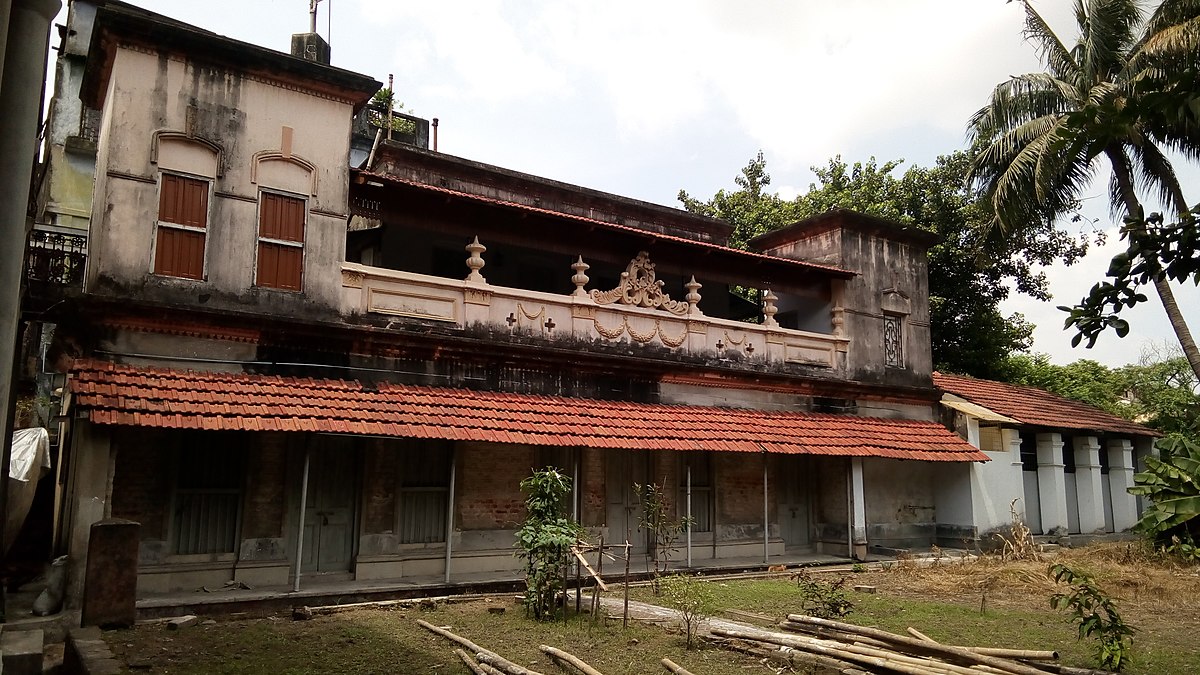
The residence of social reformer Raja Ram Mohan Roy, who is frequently called the “Father of the Indian Renaissance,” is situated in Jorasanko, Kolkata.
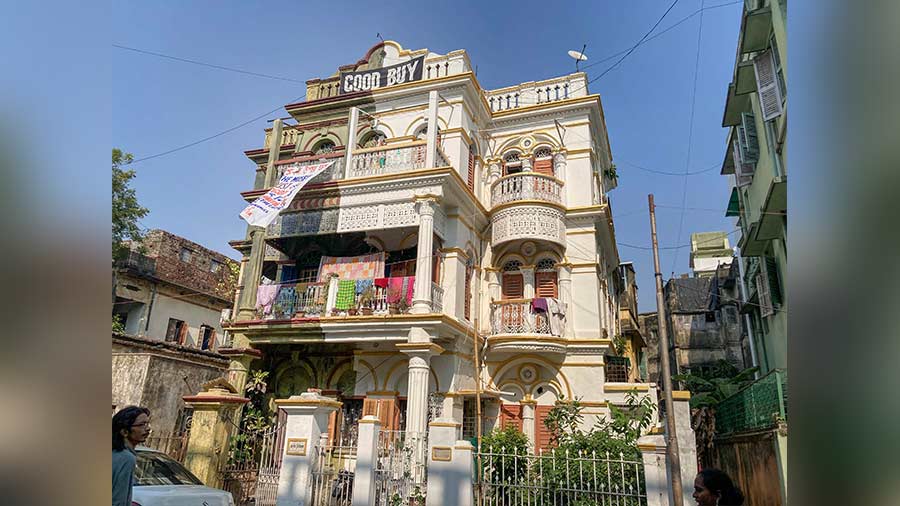
These homes shed light on the lives and legacies of the bhadralok class and are linked to notable personalities from Bengal’s intellectual and cultural past. Another beautiful example of the Bhadralok architectural aesthetics and a home that signifies the cultural lifestyle of a Bhadralok, is the Jagat Niwas. The 120 years old haveli in Kalighat, Edwardian style of home with semi protruding balconies, venetian windows of green colour, marble floors, intricate carved cornices amazingly blend Indian and European elements together. The structure underwent an artistic change from a group of experimental artists who used every corner to display their artworks, using the old walls of the building as their canvas, this was done in the year 2022, before a new builder takes over and makes significant changes to the facade.
Bhadralok’s Arrival at Delhi
The intellectuals and civil servants of the former Bengal found themselves split into East Bengal and West Bengal following the division of India. East Bengal moved to Pakistan, but West Bengal remained a part of the Union of India. After migrating to the Union of India, the intellectuals and civil servants started to seek their own colony in Delhi, the nation’s capital. A few of these people banded together in 1954 to join the East Pakistan Displaced Persons Association, which began influencing the government to build a residential neighborhood. The land of Chittaranjan Park was allotted in the 1960s to the Bengali Bhadraloks.
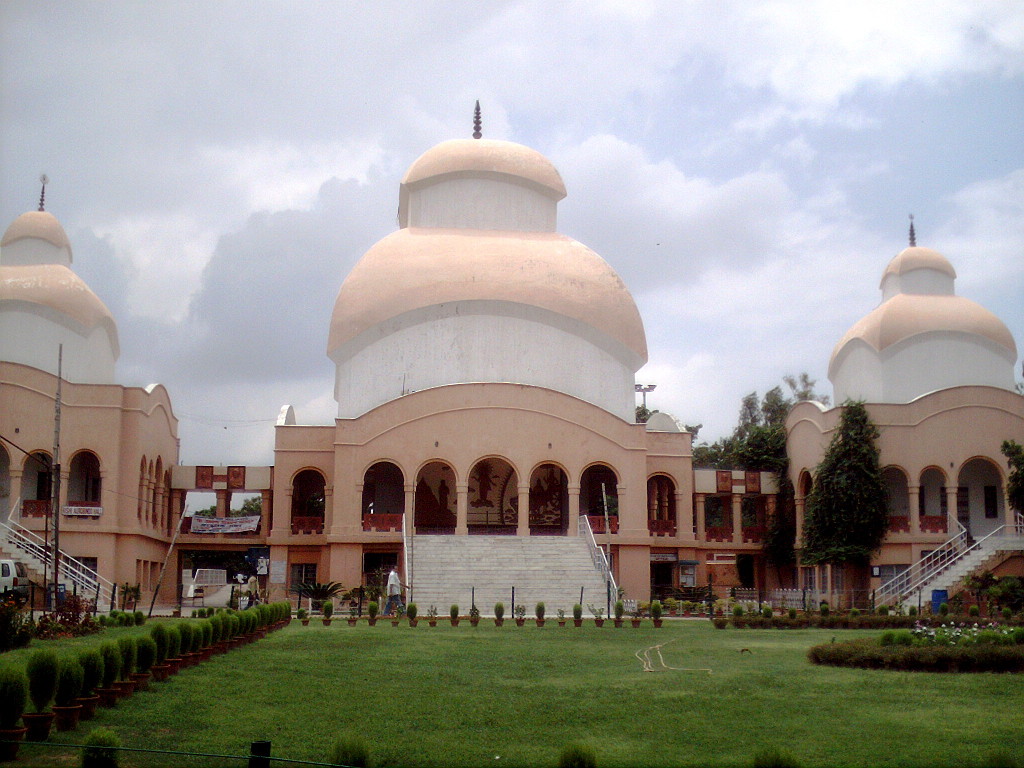
For the Bengali Bhodrolok—a prosperous, intelligent, and polite Bengali—Chittaranjan Park is essentially a little paradise where they can fly in their Aajkal, a Bengali daily, from Kolkata. Bhodrolok prefer to enjoy their evening tea in front of the market with friends, cutlets, and a little football mixed in. They like to talk about the political situations in faraway places. You can watch a performance at the Bangiya Samaj or go silently sit in the Kali Mandir’s gardens and reflect on life.You can easily find every aspect of Bengal here, from Cookme Masala to banana leaves, yet the people are different because this is not Kolkata. During Durga Puja, CR Park transforms into a miniature Bengali cultural hub.
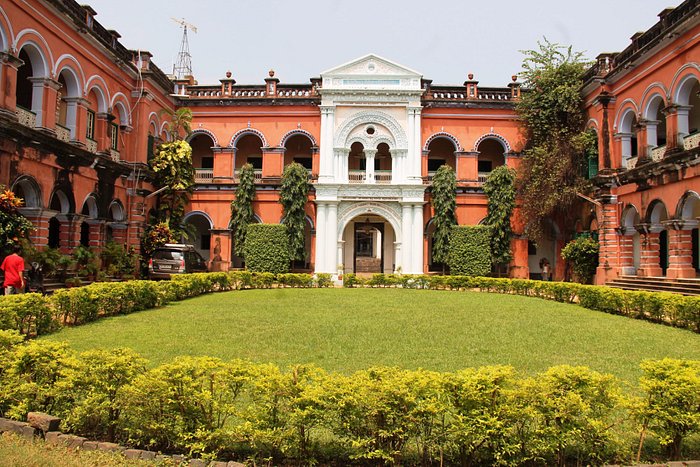
The Bhadralok’s architectural design portrayed the people’s socio economic standing and cultural identity by fusing colonial and indigenous traditions. Their homes, with their expansive courtyards, elaborate woodwork, and expansive verandas, embodied a way of life that juggled social and intellectual activities with close-knit family relationships. The Bhadralok aimed to realise a vision of harmonious living that aligned with their principles of refinement, intellectualism, and social responsibility by designing spaces that promoted both seclusion and community. As a result, the Bhadralok’s legacy lives on not just in the tangible traces of their architectural accomplishments but also in the long-lasting impact of their way of life on Bengal’s cultural landscape.
References
https://timesofindia.indiatimes.com/city/kolkata/requiem-for-a-120-year-old-house-at-kalighat/articleshow/95910974.cms
https://www.youthkiawaaz.com/2015/08/life-in-chittaranjan-park/
https://www.firstpost.com/living/now-kolkata-to-have-residential-complex-modelled-on-victoria-memorial-1694557.html
https://www.firstpost.com/living/now-kolkata-to-have-residential-complex-modelled-on-victoria-memorial-1694557.html
From Aristocracy to Artefact: Introduction to Kolkata’s Bhadralok Culture

